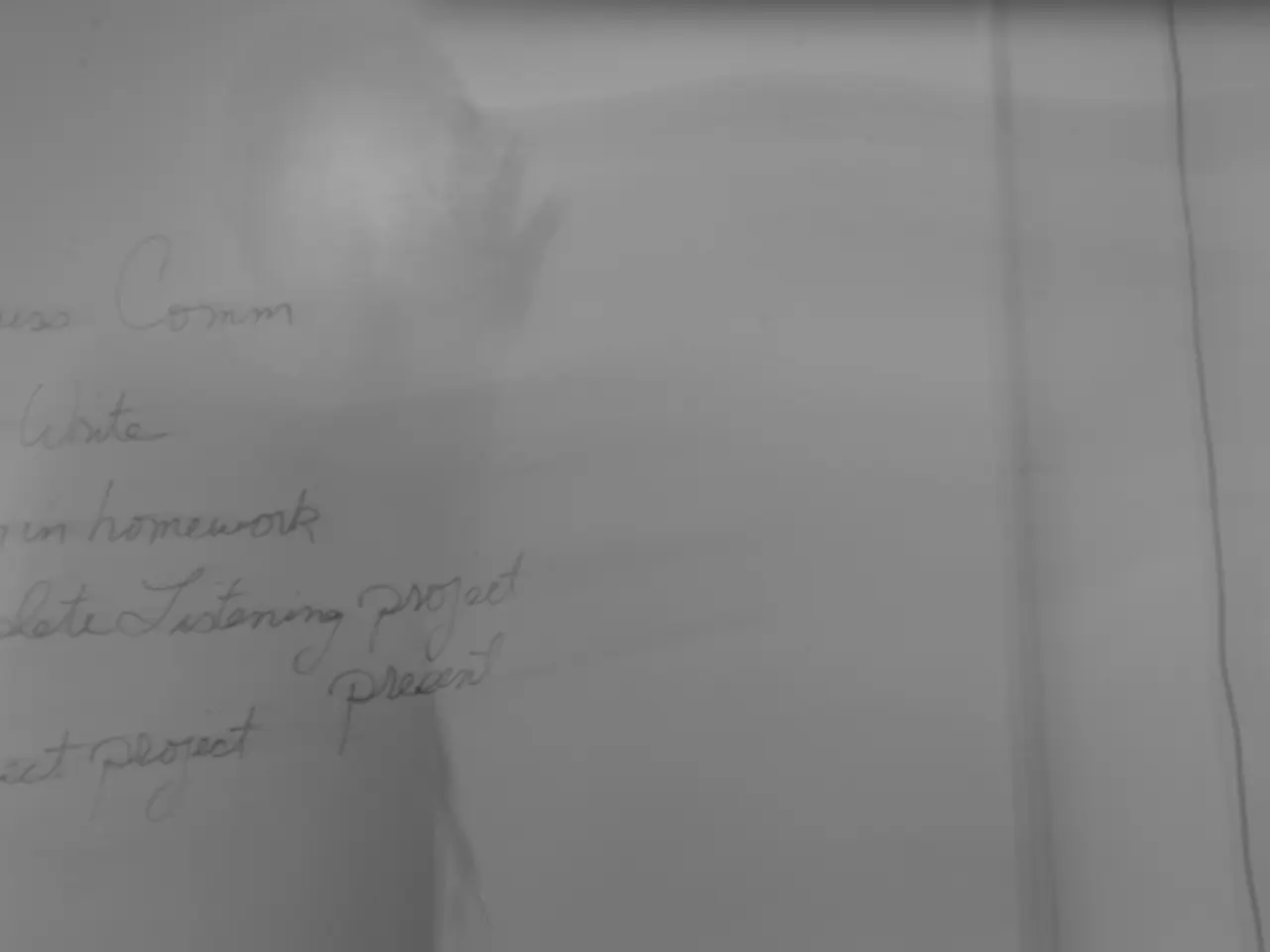Sustaining a Clutter-Free Environment Perpetually
In the ongoing battle against clutter, it's essential to understand the factors that contribute to its accumulation. This article explores the common belief systems and behavioral patterns that make maintaining a clutter-free environment a challenge for many.
Firstly, emotional attachment to possessions is a significant factor. Many people believe each item they own holds unique value or may be needed in the future, leading to an excessive accumulation of belongings. This emotional attachment is often rooted in psychological factors such as trauma, anxiety, depression, or even genetic predispositions [1][3][5].
Another contributing factor is fear of scarcity, particularly among elderly individuals who lived through periods of deprivation like the Great Depression or wartime. This fear drives a need to feel prepared for future shortages [2].
Behaviorally, people with difficulty discarding items often exhibit perfectionism, believing they cannot make the "right" decision about what to keep, or fearing the loss of something valuable later, leading to indecision and accumulation [1]. Cognitive difficulties like impaired attention, memory, and executive function can also hinder one's ability to organize, decide, and manage possessions effectively, contributing to clutter build-up [1][2].
Clutter itself acts as an environmental stressor, causing chronic psychological stress that impairs cognitive function, creating a vicious cycle where clutter-induced stress further impairs one’s ability to manage belongings [4].
Changing habits to properly store items can help reduce visual clutter. However, people may believe they are not organized, or that a tidy home is unattainable due to their family or other circumstances, which can be obstacles to decluttering. Aligning beliefs and habits with clutter-free dreams is the key to staying clutter-free.
Our interactions with stores and our resistance to sales also play a role in the items that end up in our homes. The idea that more stuff equals a higher status is a belief that can lead to excessive accumulation.
In summary, the core belief systems involve overvaluation of possessions associated with emotional security or identity, fear-based scarcity thinking, and cognitive-perfectionist obstacles to discarding. Behavioral patterns include avoidance of decision-making, excessive saving, difficulty with organization, and coping through accumulation driven by trauma or mental health challenges [1][2][3][4][5]. Understanding these factors can help individuals take steps towards a clutter-free home.
References:
[1] Frost, R. O., & Hartl, L. (2000). Compulsive hoarding: An analysis of available data. Behaviour Research and Therapy, 38(7), 669-684.
[2] Neziroglu, F., & Yaryura-Tobias, J. A. (2000). The psychology of hoarding. Journal of Clinical Psychology, 56(6), 601-610.
[3] Tolin, D. F., Frost, R. O., & Steketee, G. (2007). A cognitive-behavioral model for the treatment of compulsive hoarding. Behaviour Research and Therapy, 45(1), 1-12.
[4] Tolin, D. F., Frost, R. O., & Steketee, G. (2010). The impact of clutter on cognitive function in hoarding disorder. Behaviour Research and Therapy, 48(12), 1291-1299.
[5] Frost, R. O., & Gross, A. (2014). The psychology of hoarding: Understanding the experience and treatment of hoarding disorder. Guilford Press.
- Emotional attachment to possessions, often rooted in psychological factors, contributes significantly to the accumulation of clutter, making it challenging for many to maintain a clutter-free environment.
- Fear of scarcity, especially among elderly individuals who lived through periods of deprivation, drives a need to accumulate belongings and can be a hindrance to decluttering.
- People with difficulty discarding items may exhibit perfectionism, struggle with decision-making, and have cognitive difficulties that hinder their ability to manage possessions effectively, resulting in clutter build-up.
- Clutter, when left unmanaged, acts as an environmental stressor, causing chronic psychological stress that impairs cognitive function, creating a vicious cycle where clutter-induced stress further impairs one’s ability to manage belongings.
- Changing habits and beliefs to align with a clutter-free lifestyle can help reduce visual clutter and support individuals in taking steps towards a cleaner, less-stressful home.




